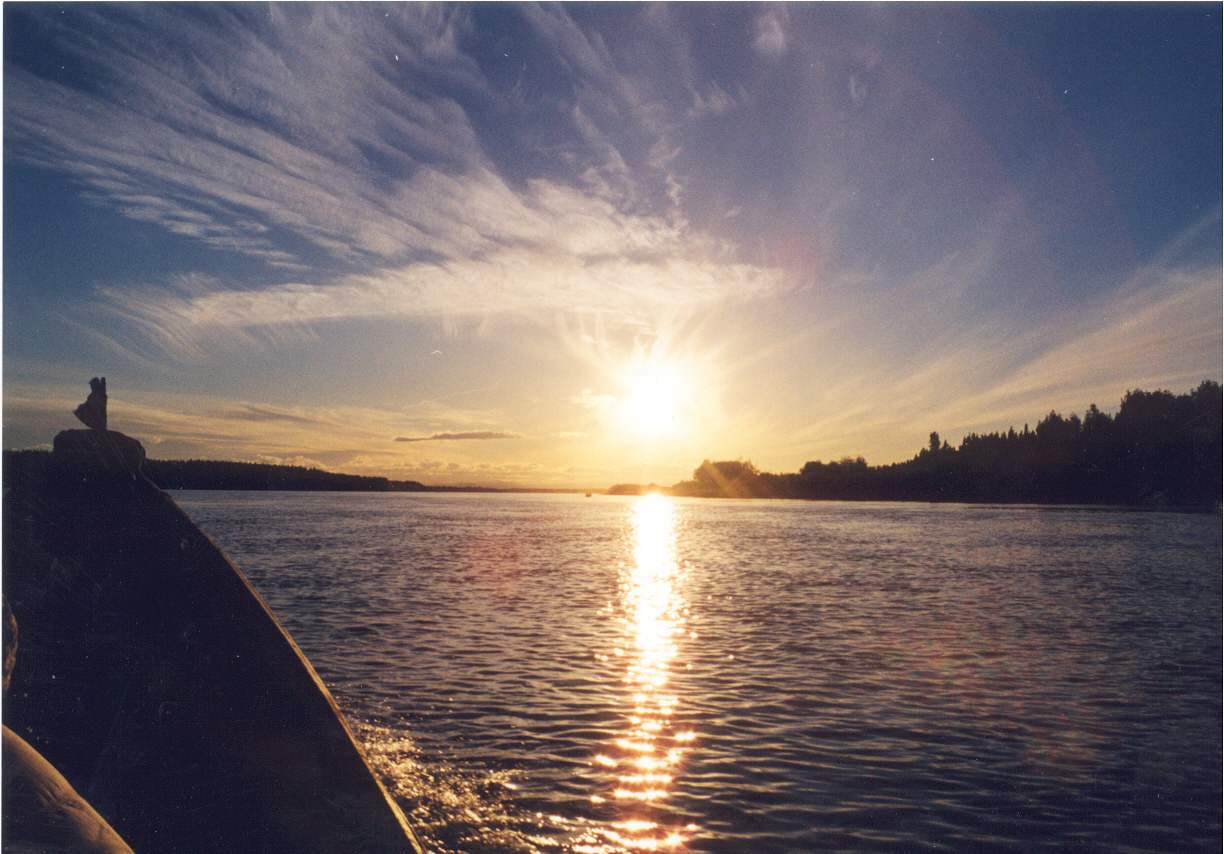Note that your final mark will not be saved in the system.
Russia GapFill
You must fill all the gaps before clicking ‘Check Answers!’

Russia's Physical Geography
Russia's physical features are record-breakers! They include the world's deepest lake, and its largest lake by area, which is called (the) . They also include Europe's highest peak, which towers over the Caucasus Mountains in the extreme of the country. Many great rivers of Asia flow through Russia before emptying into the often-frozen Ocean. Russia's vast areas of flatland such as the are rich with resources but most are populated on account of the harsh conditions and poor accessibility. There are volcanoes, too, in Russia. You can find these on the . This area is part of the Pacific .